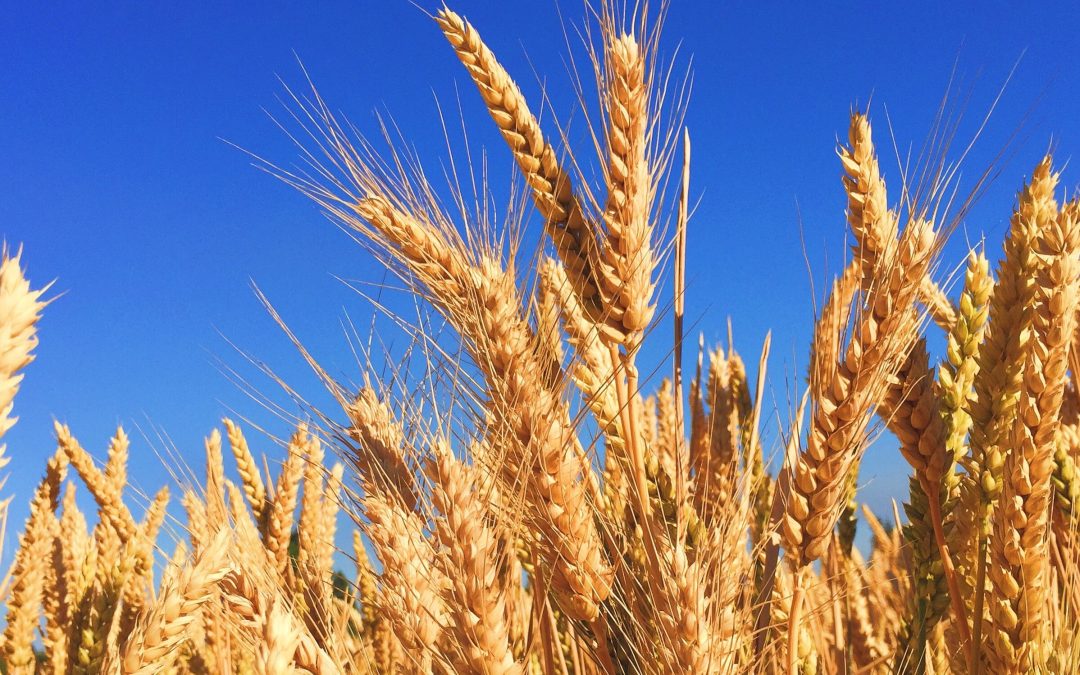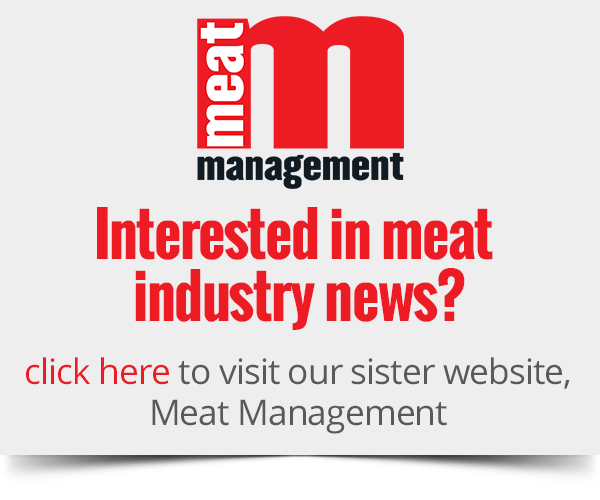The Agriculture and Horticulture Development Board (AHDB) has highlighted in its Agri-market Outlook what it believes to be the “key drivers” behind the threat to long-term resilience in the industry.
It said that cumulative inflation of more than 30% in agricultural inputs since 2019, coupled with market stresses and policy uncertainty all “threaten resilience”.
AHDB also said that markets, food businesses and consumers are still battling with the ongoing challenges of inflation, fuelled by the energy crisis, the war in Ukraine and shortage of labour. It also said that recent developments in the Middle East represented additional risk to the global economy and UK inflation.
Sarah Baker, AHDB head of economics and analysis, commented: “Farmers saw input costs rise significantly during 2023, putting pressure on farm business margins with the cost of fertiliser being a prime example.
“While some input costs are falling, they remain above pre-inflation levels and are likely to remain risky due to linkage to energy markets and instability around the world. Coupled with market stresses and policy uncertainty around burgeoning environment schemes and the budgets that underpin them, long term resilience will be put under pressure.
“With the current level of uncertainty on multiple fronts, markets, businesses, and consumers are now operating in a short-term bubble which poses a risk to long term resilience and inward investment. Without long term certainty and the recovery of consumer confidence, challenges are likely to persist for the industry in 2024.”
AHDB Outlook 2024: key findings
Within the AHDB Outlook, each levy-paying sector features a market overview, where the body examined trends in farm business inputs and consumer demand.
Dairy:
- Commodity prices will start to build, but the approaching spring flush “will drive market direction”
- A little growth will come back into retail, but China will “continue to disappoint” in import demand
- Falling fertiliser and feed costs will help, but higher straw costs should be expected through 2024.
Cereals and Oilseeds:
- Autumn and winter has “disrupted crop areas” for 2024 with market anticipating that the UK will need to be a net importer of wheat
- AHDB will be updating estimates of crop areas for 2024 in mid-March
- While crop prices have returned to pre-inflationary levels, fertiliser costs remain “above the ‘normal’ levels”
- Recent falls in commodity prices are a “cause for concern” for profitability and cash flow. Lower fertiliser prices have helped, but they remain above pre-inflationary levels.
Beef:
- Cattle numbers remain finely balanced in 2024 with concern over the long-term direction of the national suckler beef herd – driven by production economics, access to land and agricultural policy
- AHDB will be conducting further in-depth analysis of the beef supply base this year
- Potentially some discrete volume demand increases but will be sensitive to costs and competition from other proteins.
Lamb:
- Declines in domestic production and contraction in the breeding flock due to general industry uncertainty
- Exports will decline in line with lower domestic production, as the EU remains the UK’s “key destination”
- Falling domestic demand continuing to cause concern as consumers are “squeezed” by the cost-of-living. However, key seasonal events such as Easter and Eid could see improvements.
Pork:
- No recovery in the herd or production expected, with competition from chicken causing demand challenges
- Small uplift in trade with potential opportunities in US and Mexico alongside competitive EU imports
- Fall in feed prices will “bring some relief”, depending on how much decline in grain prices is seen in finished feed costs
- Escalating straw costs present a “risk” through 2024.









